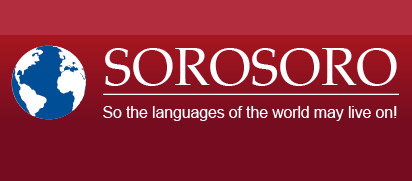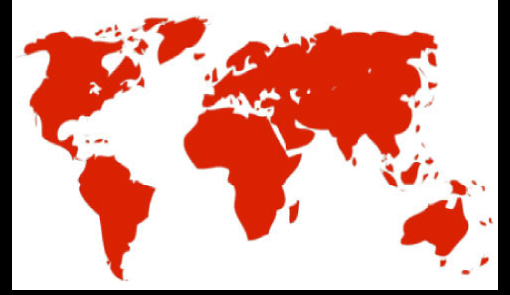Print  |
|


Rites and ceremonies
Along their filming sessions on endangered languages, the Sorosoro crews have had the opportunity to attend some of the populations’ ritual ceremonies. The meaning and practice of these ceremonies also disappear as the language declines, which is why putting them into film is all the more precious.
Discover them here, with comments and explanations in local language by either anthropologist or officiants.
Rites and ceremonies in Gabon
Linguists believe there are around 50 languages and dialects spoken in Gabon, which has a population of approximately 1,5 million. Most of these languages are understudied and threatened with extinction.
In 2009, Sorosoro filmed in 4 Bantu language communities: the Benga, the Mpongwe, the Akele (Lake variant), and the Punu (or Bapunu).
Rites et ceremonies with the Punu
Punu is the language of the Bapunu, second largest ethnic group in Gabon in terms of population. It’s a Bantu language, spoken in the Tchibanga area. The increasingly important movement of Bapunu people towards larger urban areas is causing a gradual loss of their language and cultural knowledge.
The Mukuji Rite
The Mukuji is a celebratory dance which is performed, for example, in the event of the birth of twins. It is becoming increasingly popular and can be performed on days of national celebration or at political demonstrations. This ceremony was filmed in Loango (25 kms from Tchibanga on the Tchibanga-Moabi road) in the Nyanga province in June 2009.
The Niembe ceremony
The Niembe ceremony is a women-only ritual, regarded as a significant step in young women’s education and devoted to the transmission of knowledge from mother to daughter.
Linguist: Jean-Marie Hombert
Ethnologist : Thierry Nzamba Nzamba
Camera and sound : Luc-Henri Fage
Editing : Caroline Laurent
The Punu mourners
Linguist : Jean-Marie Hombert
Image and sound : Luc-Henri Fage
Editing : Caroline Laurent
Rites and ceremonies in Guatemala
Guatemala is one of the Latin American countries counting the highest proportion of Indian population (60% are Maya) and the highest density of Amerindian language speakers (over 6 million on a 110000km² territory).
We were there in February 2009 filming in the Tektiteko and Kaqchikel communities, both speakers of endangered Mayan languages.
Rites et ceremonies with the Kaqchikel
Kaqchikel is a Mayan language from Guatemala. The Kaqchikel mainly live in the volcanic area of Chimaltenango, in the western part of central Guatemala. Despite accounts of a promising demography, Kaqchikel lacks diffusion among the young generations and faces serious decline. In the meantime, an important part of the Maya culture and knowledge is threatened with extinction.
Watch all the videos in Kaqchikel
The Maya New Year
The Maya New Year depends on the Maya calendar, thus it does not match the Western New Year. One of the objectives of our team, who shot the videos on the Kaqchikel language, was to attend a traditional Maya New Year ceremony, this year precisely taking place on February 22, 2009. Sorosoro was granted the rare opportunity to film this celebration.
Watch all videos on the Maya New Year
Example : Colours symbolism in the Maya New Year ceremony (with French subtitles)
Linguist : Nikte Sis Iboy
Camera and sound : José Reynès
Editing : Caroline Laurent








